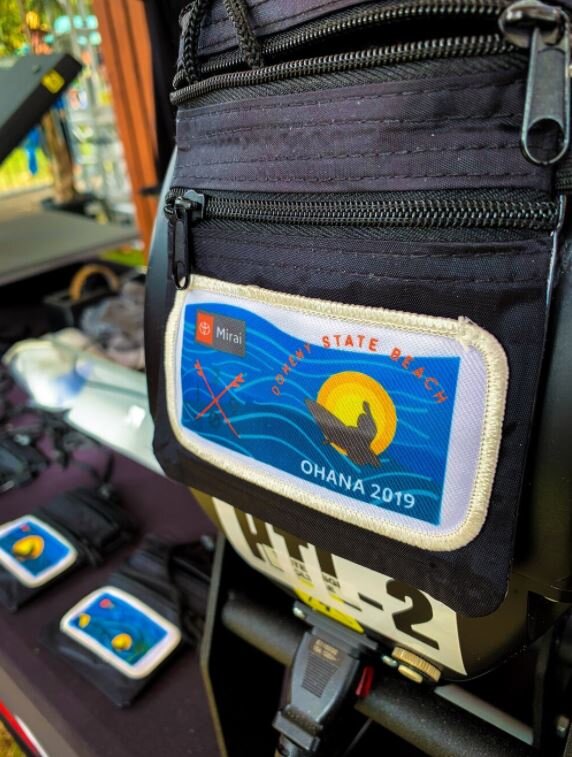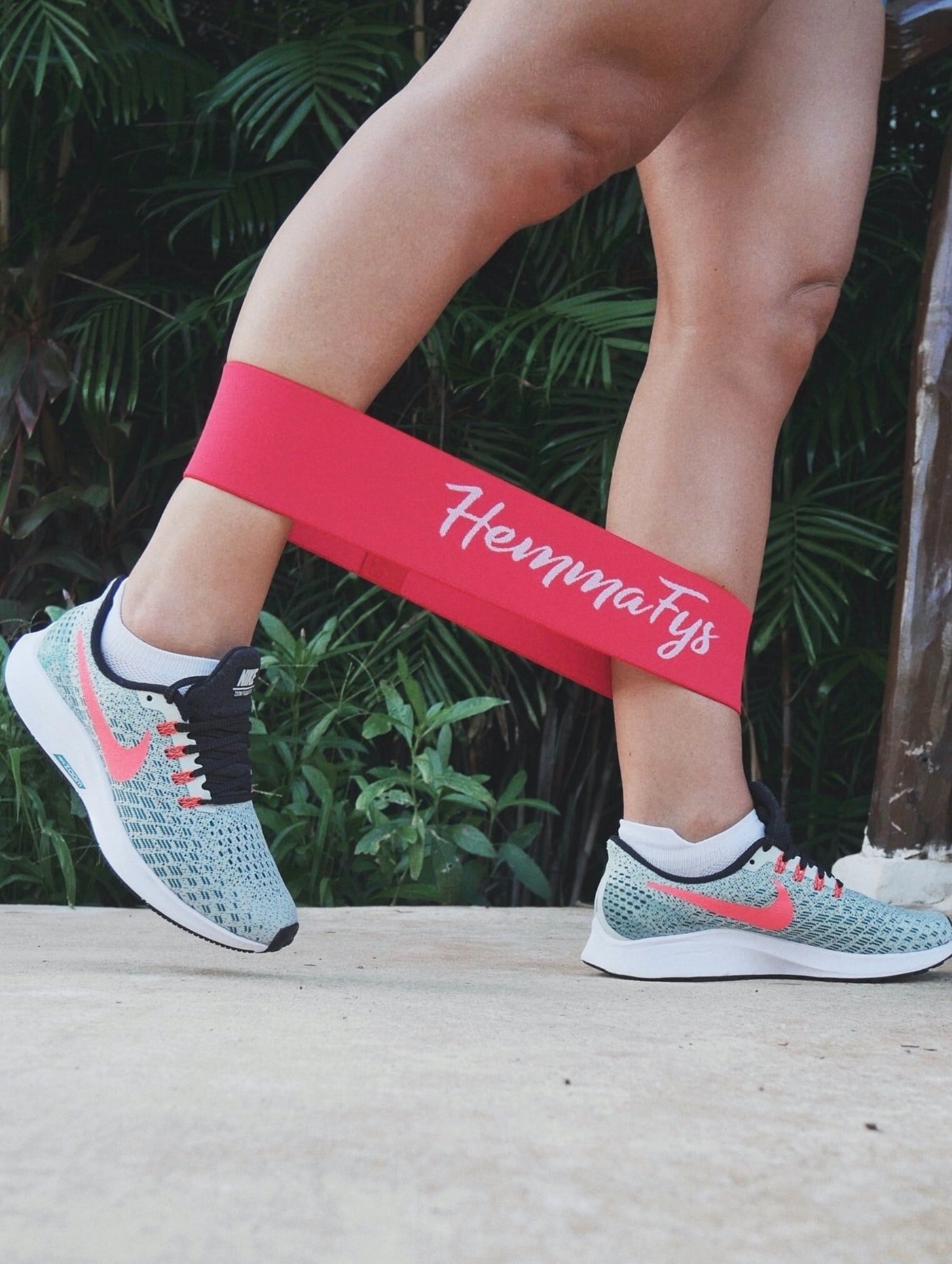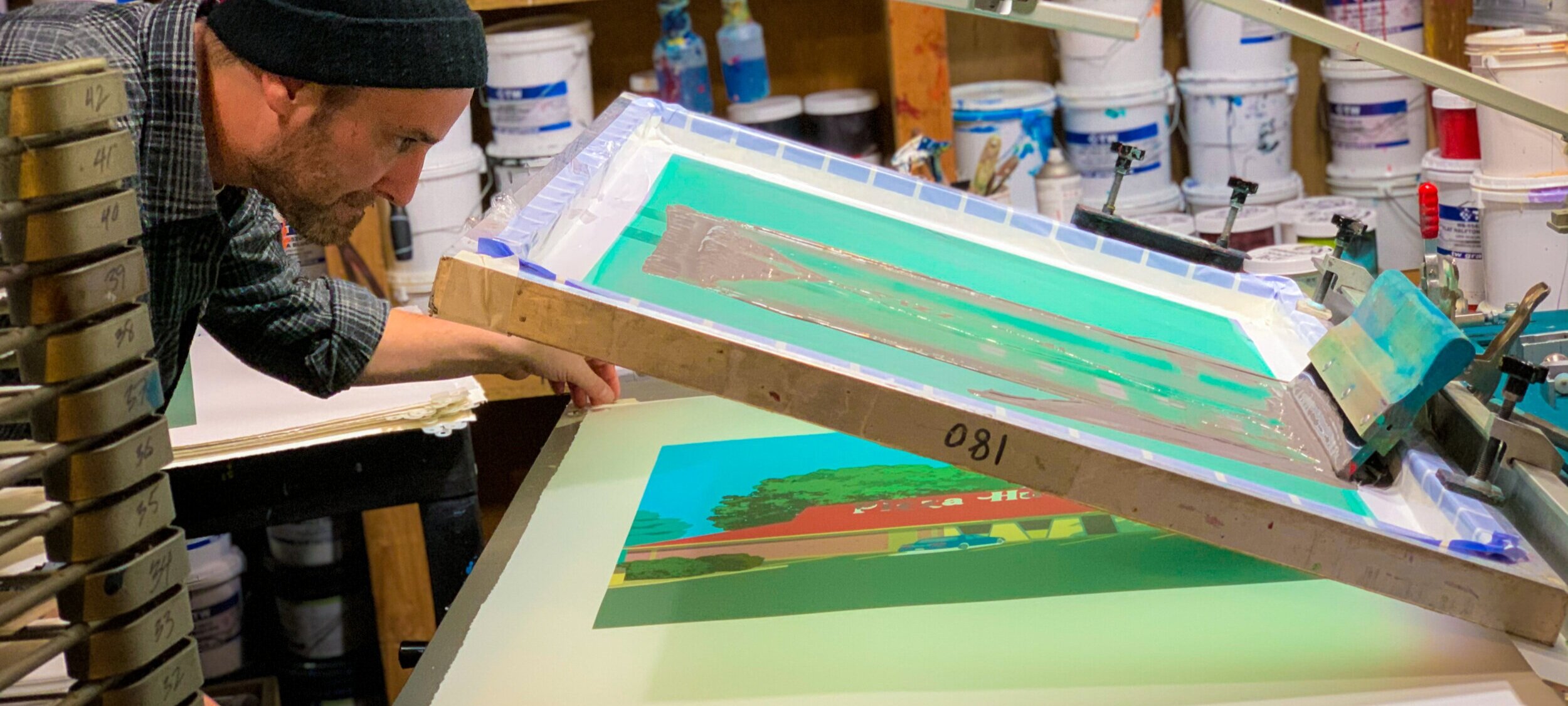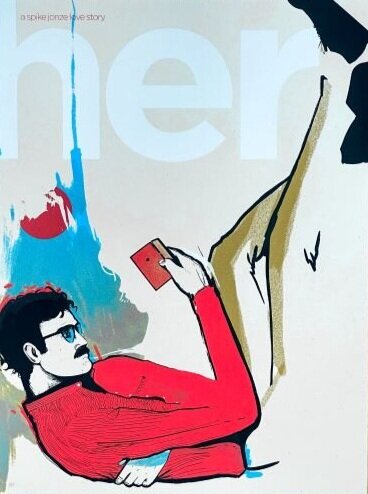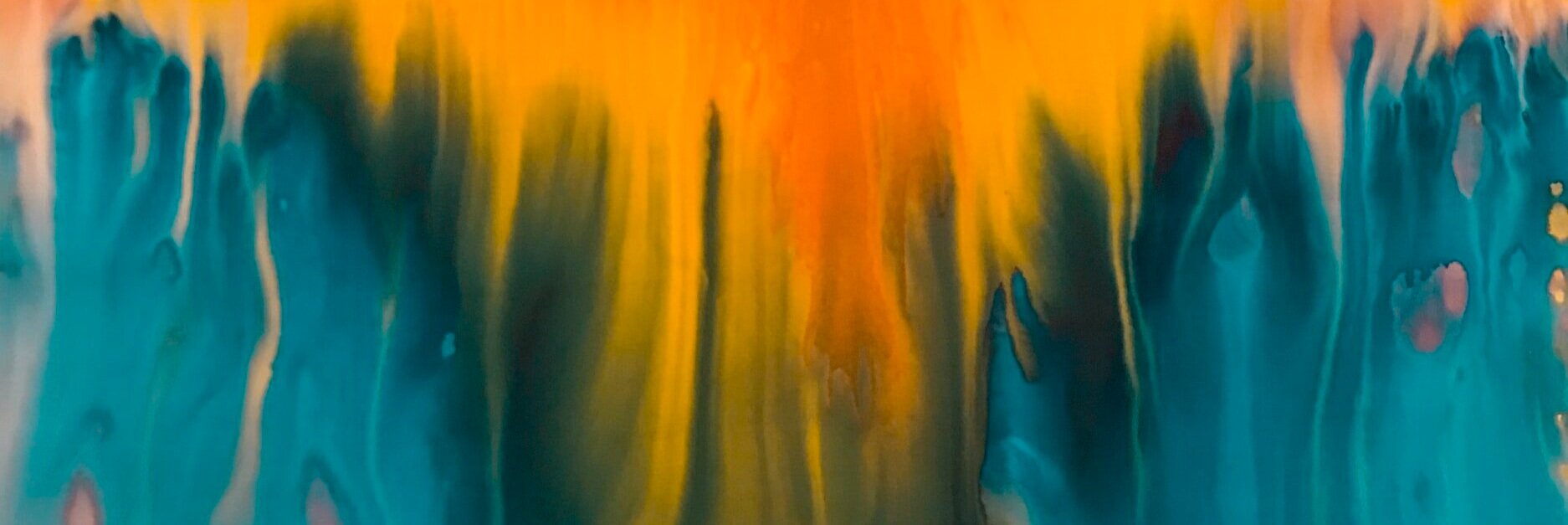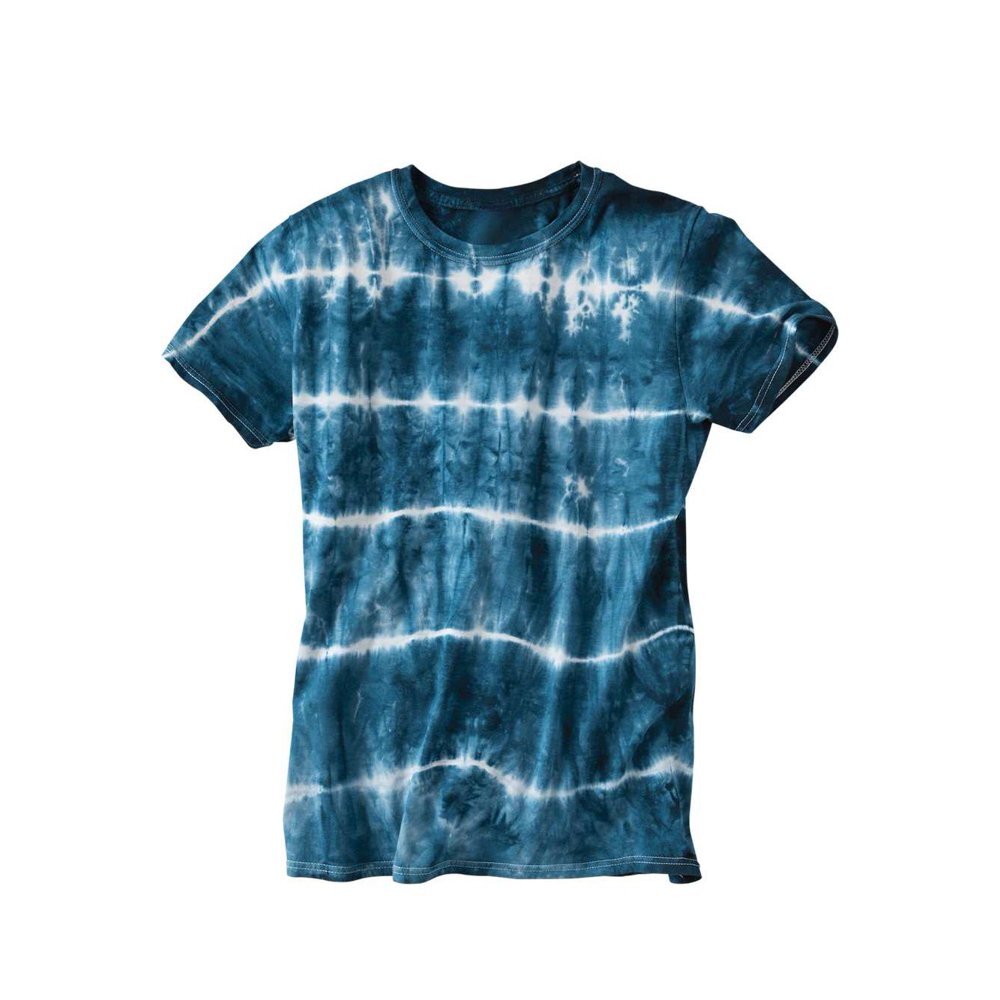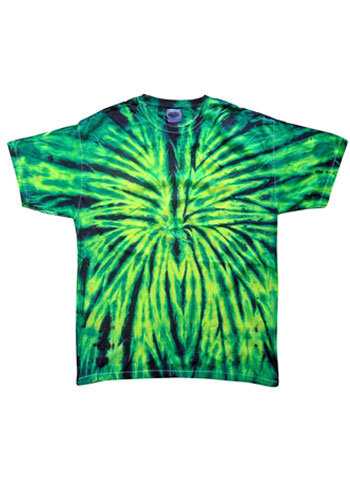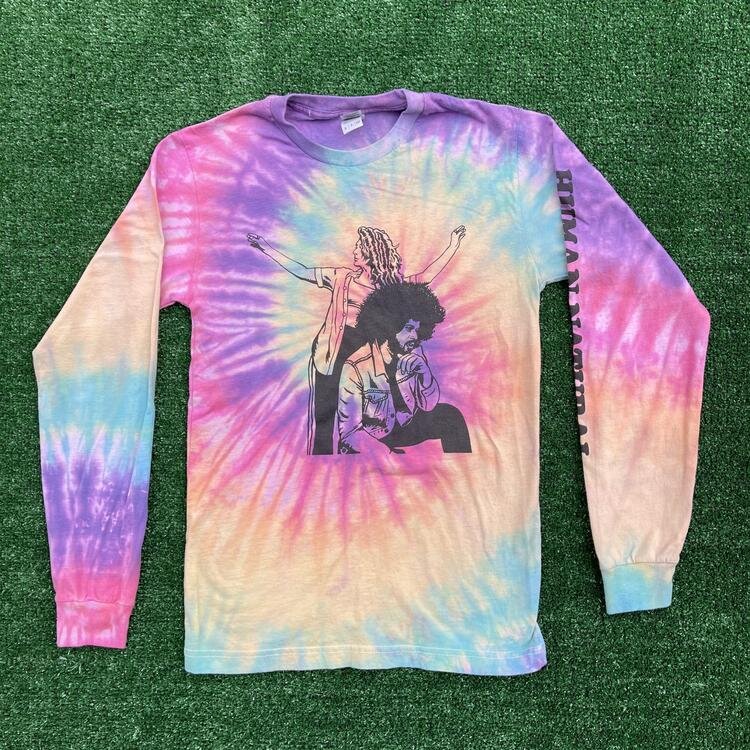With Coachella coming back after a 2 year hiatus due to Covid-19, other festivals are following suit - as a brand you may be thinking about what the best merch is for festivals in 2022. Festival merch is unique in the sense that in order to be successful, it should be a product that can be used during the event or have a limited-edition feature.
How To Make Great Merch
Band merch for festivals can be tricky because people expect to see new merch made specifically for the festival. Many artists will design specifically for their events with new artwork and only available at the event.
Band Merch That Is Useful
Creating merch that can be used during the event is a great way to incentivize event goers to make a purchase. Useful items such as bags, blanket, or sweatshirts (depending on the weather).
Keep it simple. It’s easy to get carried away on a merch stall at your own show, but at festivals, there are too many other bands and musicians to keep people’s attention for long.
Know Your Market
As always, it helps to look at some data. According to studies, merch spend varies quite significantly depending on a festival’s predominating genre. ‘Alternative’ events have the highest spend, followed by rock and metal. Attendees of EDM and indie festivals tend to spend much less.
However, rock and metal festivalgoers buy disproportionately more merch that carries branding for a specific artist or festival.
Be Prepared
get your merch well prepared, choose one or two designs, and make sure your booth is presented in a way that is inviting and easy for the eye to scan. Selling custom band merch that is specific to your fans is key. Alongside creating and performing music, your store can become an extra stream of income.
Having a physical product on-site is necessary, however, giving the eventgoer the ability to order the merch to then be sent to their mailing address is an even better option! especially if you’ve run out of product - this could be a good way to reduce cost and prevent overstock.
Pro Tip: The best way to sell band merch is by partnering with a print-on-demand company. POD is an order fulfillment method where items are printed and shipped to your customers as soon as an order is made.
Read more about The Benefits of Merch Fulfillment Services
Best Festival Merch
The best merch for festivals is novelty items that cannot be obtained online. Limited edition products are also a good way to promote sales at events and give your fans something to look forward to.
Apparel
Apparel such as t-shirts, hoodies, and hats are essentials for any merch booth. Apparel is also the most cost-effective item that can be sold for a good profit.
Bags
Bags are the best festival merch because they are useful to carrying around water bottles and other personal items, this is the reason why they’re so popular at big events. Tote bags and backpacks are the most common types of bags, but with the 90’s coming back in style, fanny packs or cross body bags could be a great alternative and set you apart from other merch booths.
Pro Tip: Backpacks, tote bags, and fanny packs can also be personalized on-site by adding live embroidery or screen printing at the event.
Dolly Parton puzzle ($40)
Accessories
Get creative! Some artists have come up with great accessories that speak directly to their fans. Megan Thee Stallion nail tattoos and Dolly Parton puzzles are a great example for out-of-the-box merch that resonates with their fan base. Don’t shy away from non-traditional merch as this could really be the thing that pushes your sales the most.
Author: Irene Floridia - Content Creator
Follow us on Instagram and Facebook
For FAQ, check out our site!
For any inquiries, send us a message!
OR
send us an e-mail at quotes@familyindustriesla.com










